In return for continuing to pay employees, companies were “forgiven” the loan amounts by the originating banks, which were then reimbursed by the federal government.
In defending the administration’s student debt cancelation plan, Biden and his Democratic colleagues tried to use the pandemic-caused PPP loan forgiveness provisions to call GOP leaders hypocrites for taking out PPP loans, which were ultimately paid by the federal government, while opposing student loan forgiveness.
Critics Blast Biden For Politicizing PPP
But financial experts and a GOP lawmaker told The Epoch Times that the White House’s comparison between PPP and student loans forgiveness doesn’t hold up and could certainly backfire in the future.“President Biden’s decision to politicize this temporary emergency program to justify his illegal debt cancellation plan is the type of disinformation he supposedly opposes,” Sen. Marco Rubio (R-Fla.) told The Epoch Times.
Others were less kind to the president.
“In a nutshell, it’s a [B.S.] comparison,” Fox Business host Charles Payne told The Epoch Times.
The Biden critics cite the fact that the PPP program was designed to help the states and the federal government navigate the pandemic in mid-2020 as state and local governments shut down large segments of the economy in what they said was an attempt to stop the spread of COVID-19.
As a result, laid-off workers threatened to swamp the government-run unemployment insurance programs that normally finances claims for those who lose their job through no fault of their own, which in turn is supported by payroll taxes.
“The [unemployment insurance] system was overwhelmed at the outset [of the pandemic], and it would have been significantly worse without PPP,” Dan Holler, deputy chief of staff for Rubio, told The Epoch Times.
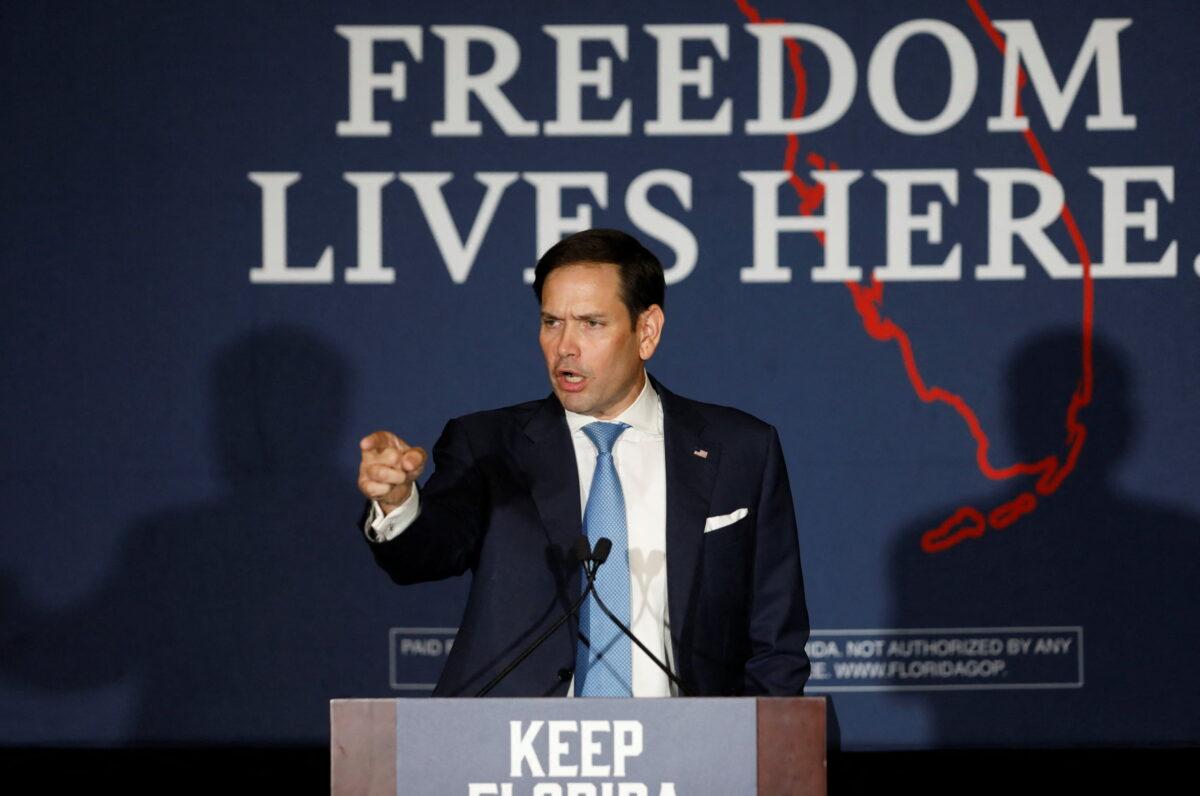
PPP Was Not a Loan
Unlike student loans, the PPP was never a true loan program in that the monies served as loans only in the sense that the loan provisions were used as security against misuse by companies.Companies that used the loan proceeds to keep people in private jobs wouldn’t have to repay the loans, said the experts questioned by The Epoch Times, some of whom, like Rubio, helped pass the program in Congress.
The monies in the PPP, in essence, were direct aid to workers, guaranteed by the promise of the employer to pay their employees.
“These payroll grants were not loans to be repaid, but rather a way of keeping employees and small business owners above water as their state and local governments ripped away their ability to earn a paycheck and operate a business,” Rubio said.
“The economic lockdowns were devastating, but they would have been catastrophic without the Paycheck Protection Program. Tens of millions of Americans would have lost their jobs, flooding an already overburdened unemployment system,” added Rubio.
One economist echoed the reminder of the differences between PPP and student loans.
Student Loans Were Always Loans
Greszler also warned that the nature of how student loans are being proposed to be forgiven is somewhat “indiscriminate”.“For starters, [PPP] was entirely different from student loan forgiveness, because PPP loans were given to employers conditional on them doing something in the future, i.e. not laying off their workers,” she told The Epoch Times.
“Student loan forgiveness is a retroactive policy, on the other hand, giving something selectively and indiscriminately to individuals based on a choice that they made in the past, and in no way provides any positive results going forward,” added Greszler.
More importantly, instead of being a one-time cost, like the PPP program was, student loan debt forgiveness, as proposed by Biden at least, opens up to the borrowers to load up on student debt again, Greszler said, while warning the policy “is going to further incentivize colleges and universities to increase their prices even higher.”
“Exactly what [student loan debt forgiveness] causes is a greater incentive for individuals to go out and take on more debt than they otherwise would do of their own accord to do things like pursuing a college degree when there might be a better alternative education option, like an apprenticeship,” said Greszler.
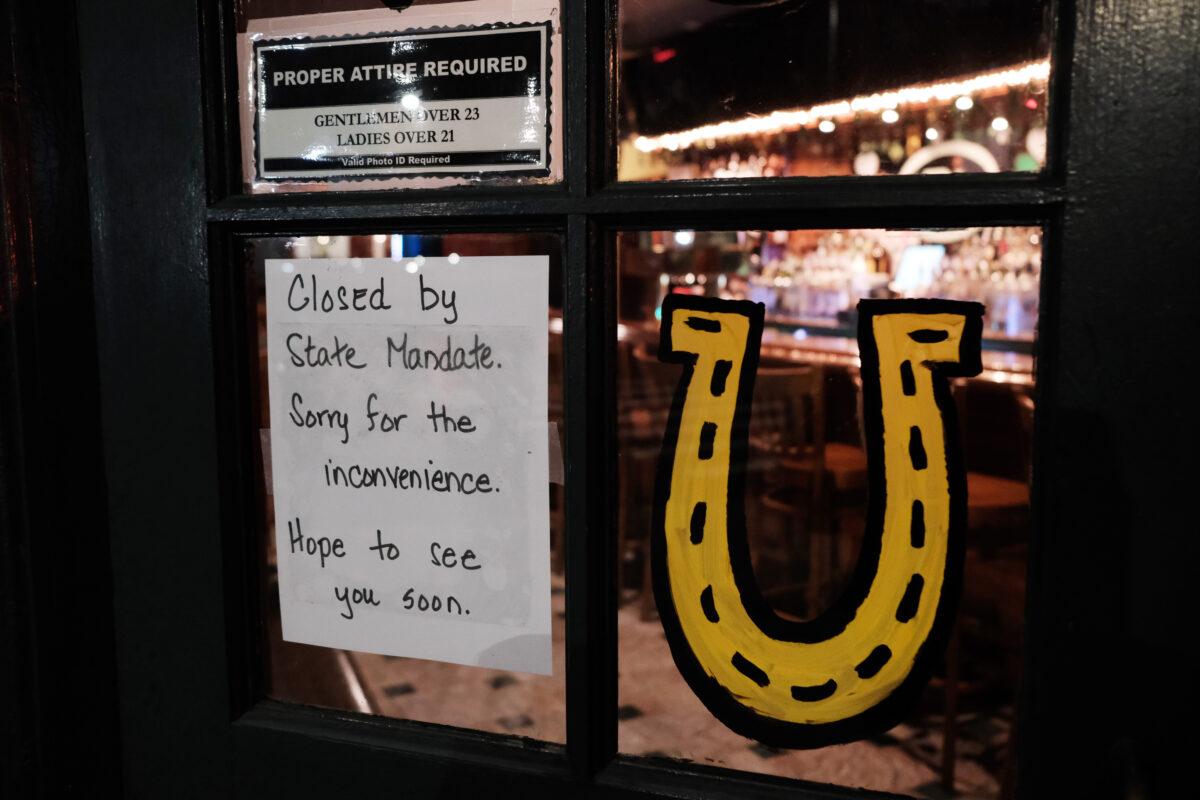
Comments Could Backfire
Even more, some liberals are warning that taunting the GOP over PPP creates a “dangerous and misleading narrative,” which could make it more difficult to get future emergency legislation passed.Barkan noted that Democrat-run cities and states, which imposed stricter shutdown measures over COVID-19 compared to GOP states, were hardest hit, but benefited most by PPP.
In support of the claim, Barkan cited statistics that show companies with PPP payments continue to fare better than their rivals:
Rubio said that PPP was an example of a bipartisan success that happened “before partisan politics trumped all” other issues—a success which would be hard to emulate today just two years after the pandemic disrupted much of American life.
Both Programs Show Dangers of Government Solutions
Greszler warned that both programs demonstrate the essential weakness of a liberal approach to government in that both PPP and student loan forgiveness were consequences of bad government policy in search of a bailout, replete with bad actors and poor oversight.The comparisons between PPP and student loans are “a very clear demonstration of the problem with government is they create these programs that they think are going to help people but they actually made things worse, instead of just getting rid of the problems,” Greszler said.
But of the two programs, student loan forgiveness is the greater danger.
It’s conceivable that an administration would wish to be in a position where it “has the ability to essentially buy the votes of affluent millennials” by allowing the next student loan crisis to develop, Greszler said, adding that she hopes a legal challenge to Biden’s authority to forgive the loans is successful.
In May, The Epoch Times reported on one author’s claims that the Obama-Biden administration is more responsible for the ongoing student loan crisis than anyone else, making Biden the beneficiary of his own failed policies.
But even discounting the electoral incentives Biden has for creating bad policy, student loan forgiveness certainly won’t solve the problems that face the economy or the education system, warns the Heritage Foundation senior research fellow.
“This student loan forgiveness is going to exacerbate problems that exist in education and in the economy right now with inflation and shortage of available workers,” said Greszler.
The White House did not return a request for comment by The Epoch Times.
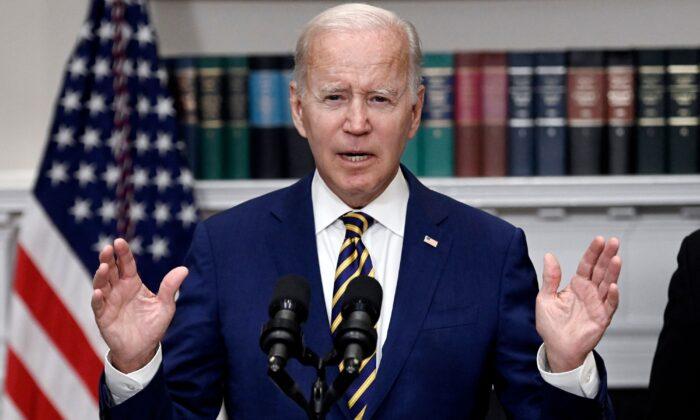


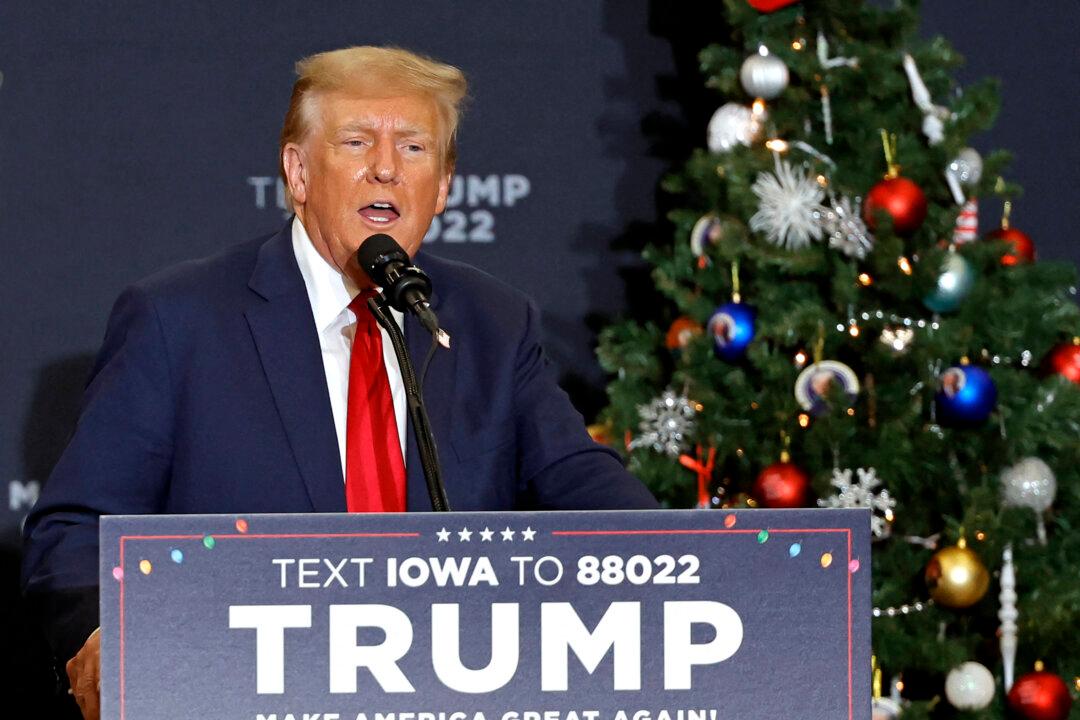
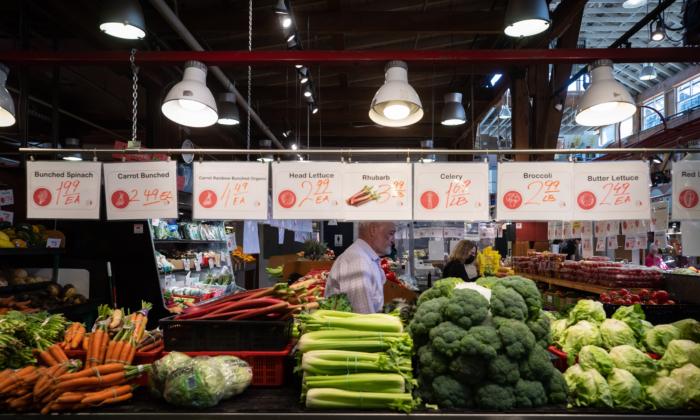
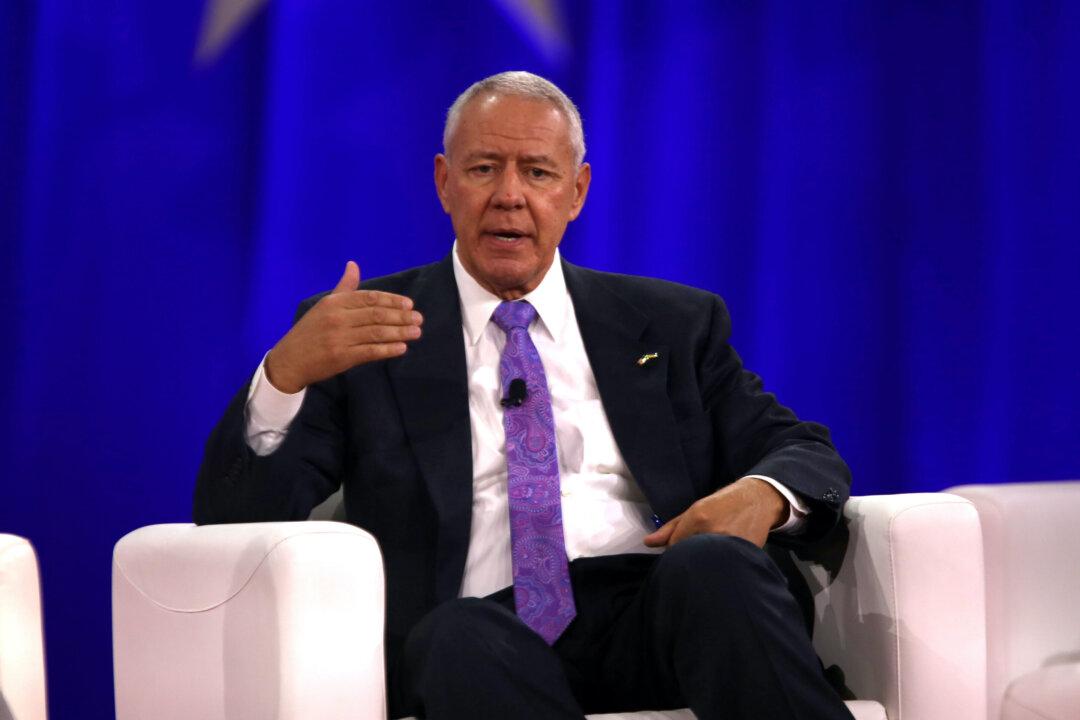
Friends Read Free